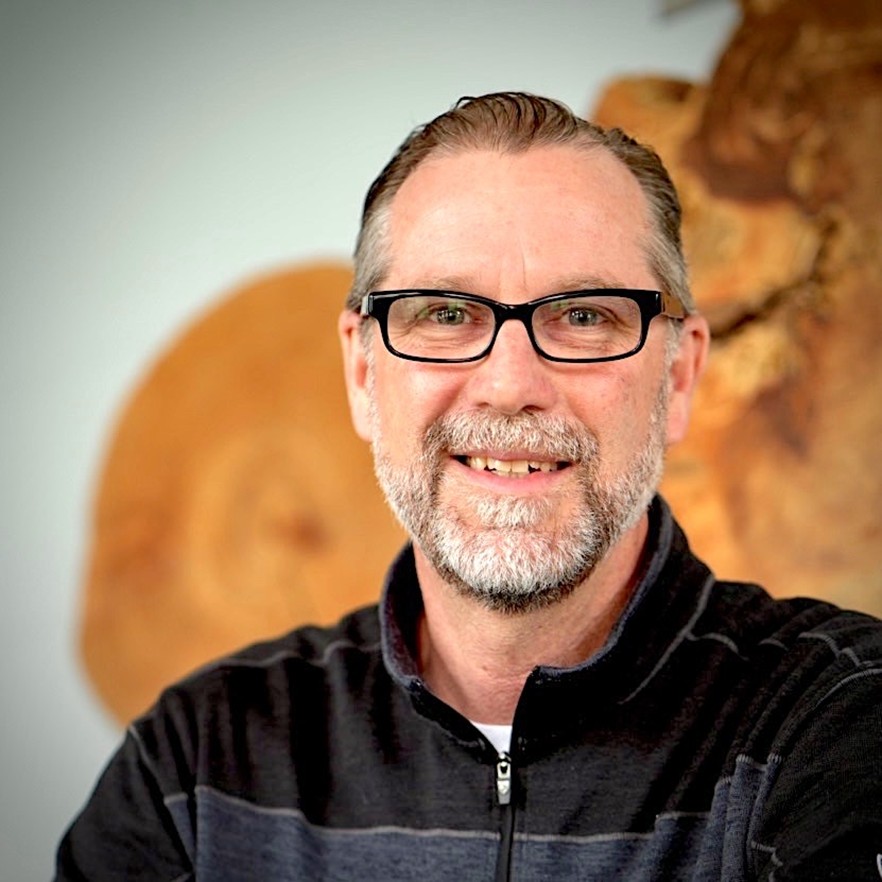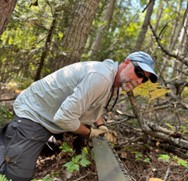
Dr. Kurt Kipfmueller has been hired as the 1855 Professor of Indigenous and Tribal Natural Resource Management, jointly appointed in the Department of Forestry at Michigan State University and the Residential College in the Arts and Humanities. His research uses the information and stories encoded within the annual rings of trees to help reconstruct past environments including fire, vegetation change, and climate variability. His work centers on collaborative efforts to better understand Great Lakes fire regimes and the role of cultural fire stewardship. The collaborative group has developed a network of fire history sites across the Upper Great Lakes that have helped to tell the story of important relationships between people, pine, and fire. The group includes academics, state and federal land managers, Tribal natural resources ecologists, and many others.
Currently, he is working with Little Traverse Bay Bands of Odawa Indians and Michigan Natural Features Inventory to develop fire histories in red pine (or formerly red pine) landscapes for a project titled “Setting the Straits on Fire.” The project focuses on reconstructing fire in the Straits region with a long-term goal of returning good fire to culturally important landscapes.

Kipfmueller was born and raised in Mt. Pleasant and is excited to return to Michigan after serving as a professor of geography, environment, and society at the University of Minnesota. He received his bachelor’s degree from Central Michigan University, a master’s from the University of Wyoming, and a Ph.D. from the University of Arizona. His research has appeared in a wide range of publications, including Ecosphere, Geophysical Research Letters, Proceedings of the National Academy of Sciences, the Annals of the Association of American Geographers, Forest Ecology and Management, and the Canadian Journal of Forest Research. He will begin his position at MSU on November 3.
“Dr. Kipfmueller brings a unique blend of scientific rigor and cultural insight to MSU, using tree-ring data to uncover stories of fire, climate, and ecological change across the Great Lakes region,” said Dr. Kevin Leonard, director of the NAI. “His collaborative work—spanning Tribal Nations, natural resource ecologists, land managers, and academic partners—has and will continue to help illuminate the deep connections between people and the environment around us.”

